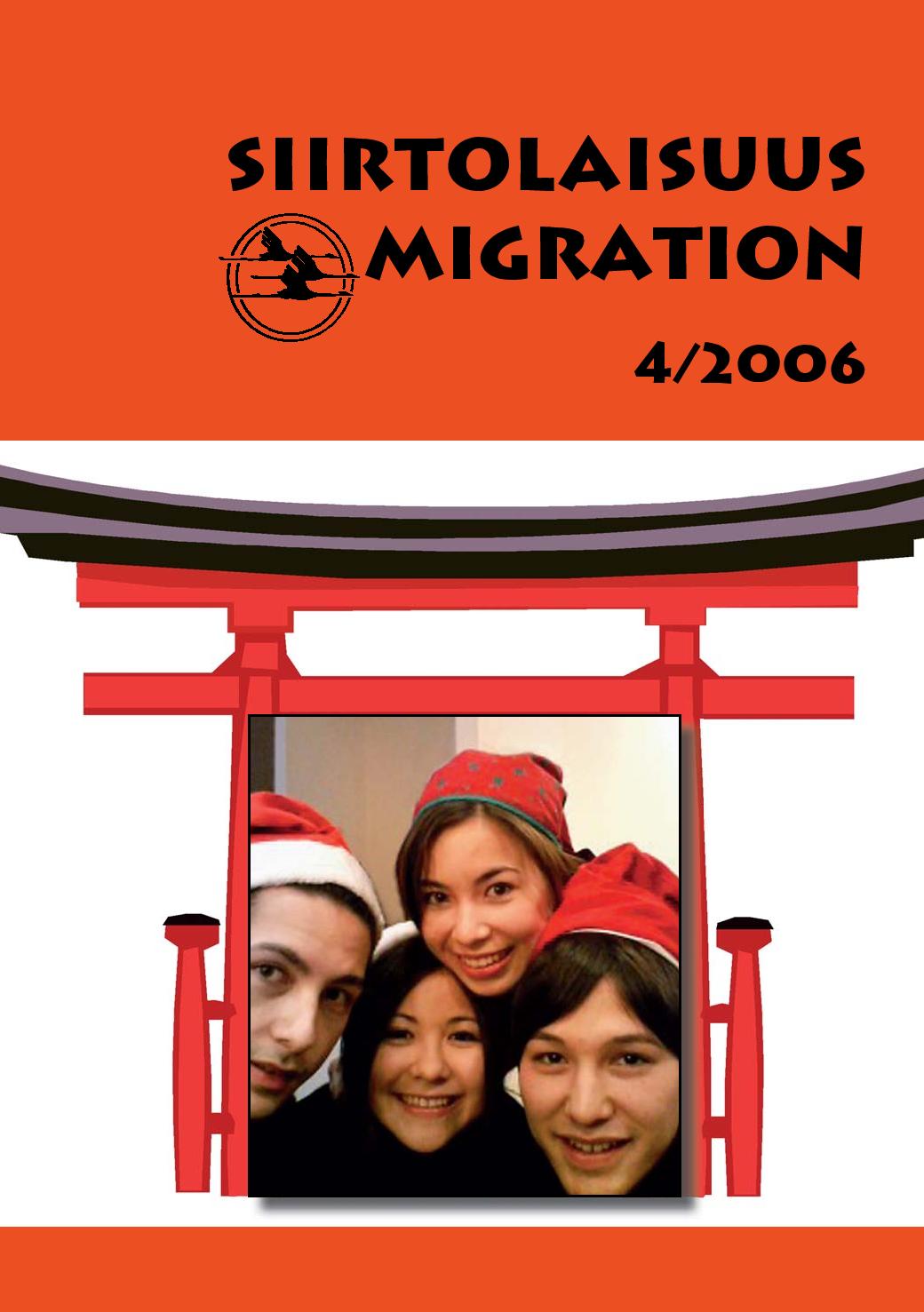Patching the population pyramid in Japan – an ethnic dilemma
Abstrakti
The ageing of the population is a major concern for several advanced countries. A process called ”demographic transition” is underlying this phenomenon where mortality and fertility decline. The latter has been the main reason for the ageing in advanced regions of the world (World Population Ageing 1950-2050), and has caused many countries to look to immigration as a potential solution for the problem. In some countries, like Canada and Australia, immigration is an important part of the population policy. In Canada the federal government introduced the point system for immigration in 1967, and the Immigration Act of 1976 continued the process of liberalization. Canadian legislation then recognized refugees as a distinct class of migrants and identifi ed the creation of a culturally diverse population as a positive outcome of immigration policy. Australia incorporated the points system into the new immigration regulations that went into effect the same year as in Canada (1967) (see Richardson and Lester 2004 for a comparison of the immigration policies). For Europe, the
situation is different. On the one hand, immigration is to be regulated so that social, ethnic and economic side effects of uncontrolled migration can be minimized and on the other hand, Europe has to solve its problem of insuffi cient workforce in the near future (Tanner 2003). This article focuses on Japan, but comparisons to other countries are made, especially to Finland. The two countries are distant from one another, but facing similar population ageing challenges. Furthermore, both countries perceive themselves as culturally quite homogenous, and neither have had comprehensive immigration policies. The relative number of foreign population is small in both countries; 2.2 per cent in Finland (Statistics Finland 2006a) and 1.5 in Japan (Japan Statistical Yearbook 2006)




